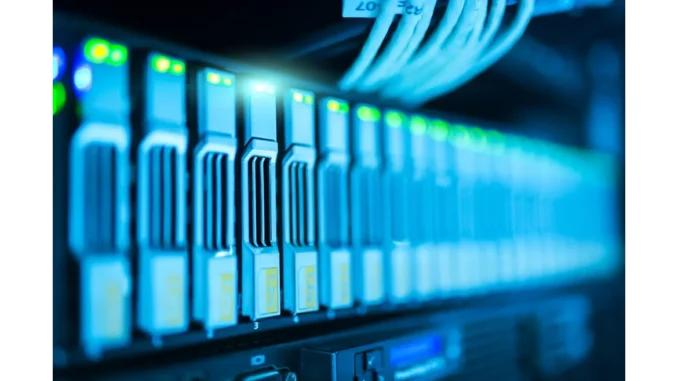
In the world of data storage, the choices we make can significantly impact the speed, reliability, and efficiency of our systems. To get an insider’s view on the topic, I recently sat down with Oliver Bennett, an independent storage solutions expert who’s been navigating the complexities of RAID and erasure coding technologies for over a decade. His insights were both enlightening and thought-provoking, particularly for those of us keen to understand the nuances between these two powerful approaches.
Over a warm cup of coffee, Oliver began by breaking down the essentials of RAID, or Redundant Array of Independent Disks. “RAID is fundamentally about speed and redundancy,” he explained. “By spreading data across multiple disks, it not only boosts performance but also builds in a safety net—if one drive fails, the data remains accessible thanks to the redundancy built into the system.”
Oliver highlighted that RAID’s emphasis on speed and redundancy makes it particularly well-suited for high-performance environments. “Think of applications like video editing, real-time data processing, or even gaming servers,” he noted. “In such scenarios, the ability to read and write data swiftly is crucial, and RAID configurations like RAID 0 and 10 are especially effective here.”
However, as Oliver pointed out, RAID isn’t a one-size-fits-all solution. This is where erasure coding comes into play, particularly in scenarios where storage efficiency and resilience are paramount. “Erasure coding shines in distributed storage systems, especially in cloud environments,” Oliver remarked. “It breaks data into fragments, encodes it with redundant data pieces, and spreads it across multiple locations. This approach is incredibly efficient in terms of storage utilisation.”
He went on to describe erasure coding’s major strength: its ability to ensure data integrity and availability, even in the face of numerous disk failures. “While RAID offers redundancy, erasure coding provides resilience on a different scale,” Oliver emphasised. “It’s like having multiple copies of a book spread across libraries worldwide. Even if several libraries burn down, you can still piece together the entire book.”
As our conversation deepened, I was curious about how these technologies are evolving. Oliver was quick to mention the advancements in software RAID solutions, a space where he sees significant growth. “Software RAID has really come into its own lately,” he said, nodding with enthusiasm. “It’s more affordable because it doesn’t require specialised hardware. Plus, it’s flexible and scalable, adapting to a variety of storage configurations, including NVMe drives.”
Oliver highlighted some of the popular software RAID solutions, such as mdraid and xiRAID. “Mdraid has been around for a while and is quite versatile, especially in Linux environments,” he shared. “But xiRAID is fascinating because it optimises for high-performance tasks, leveraging NVMe storage without the usual bottlenecks of older architectures.”
When I asked about the performance comparison between traditional RAID and these newer solutions, Oliver acknowledged that software RAID solutions have closed the gap historically dominated by hardware RAID. “It’s all about the specific use case,” he explained. “For instance, xiRAID outperforms in scenarios with demanding I/O requirements due to its lightweight design.”
We then touched on how these technologies compare with erasure coding. Oliver noted that while RAID and software RAID focus on speed and redundancy, erasure coding prioritises storage efficiency and resilience. “In many ways, RAID and erasure coding can complement each other,” he suggested. “For enterprises dealing with massive datasets across multiple geographies, a hybrid approach might be the best of both worlds.”
As we wrapped up our chat, Oliver left me with a thought that has stayed with me: “In the end, it’s not about one technology being better than the other. It’s about understanding your needs and choosing the right tool for the job.”
Oliver’s insights shed light on the delicate balance between performance, cost, and efficiency in storage solutions. As data continues to grow exponentially, the choices we make in storage technologies will undoubtedly shape our ability to harness its full potential. Whether through the speed and redundancy of RAID or the efficiency and resilience of erasure coding, there’s no denying the pivotal role these technologies play in the modern digital landscape.
By Fallon Foss.

